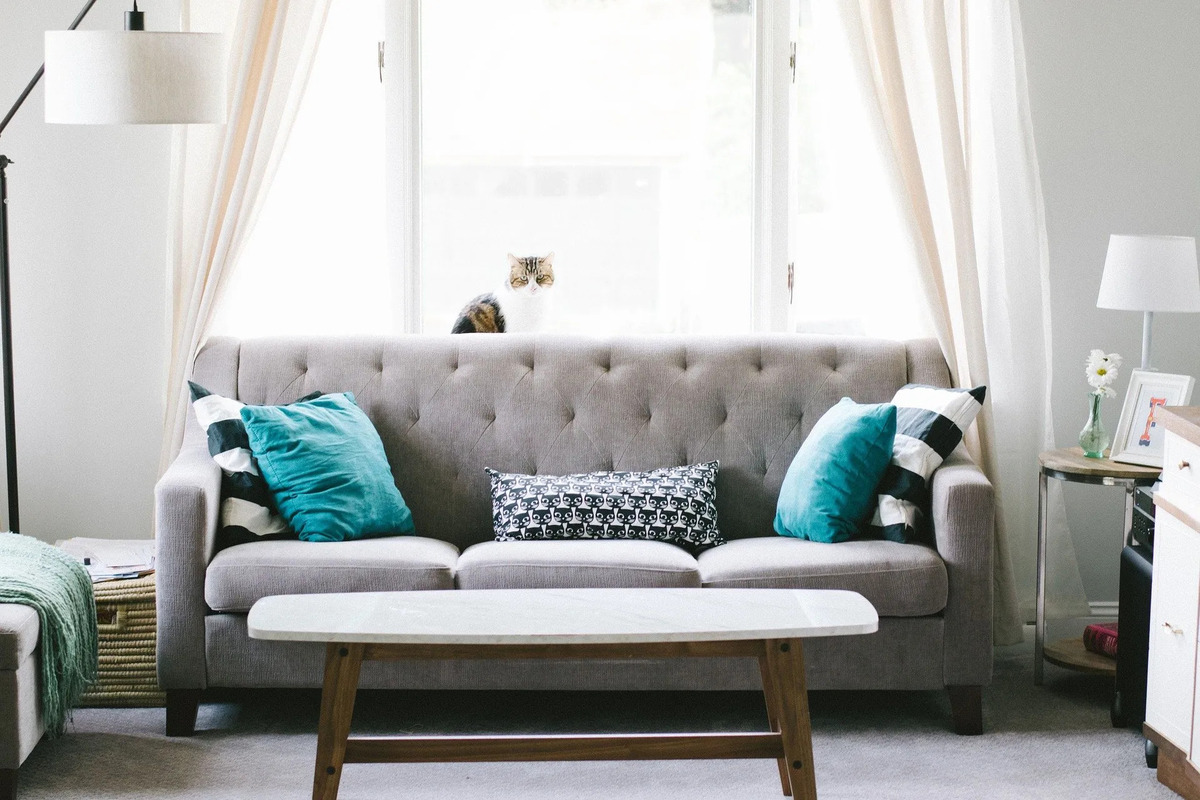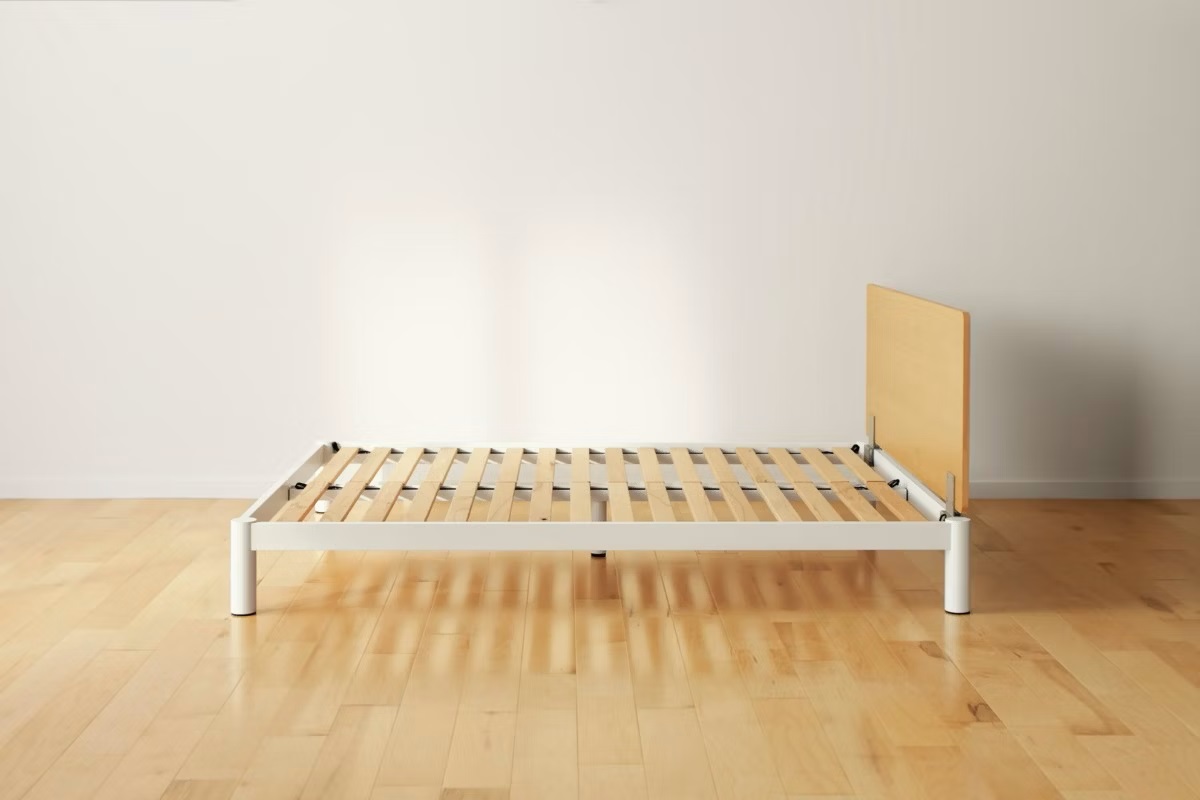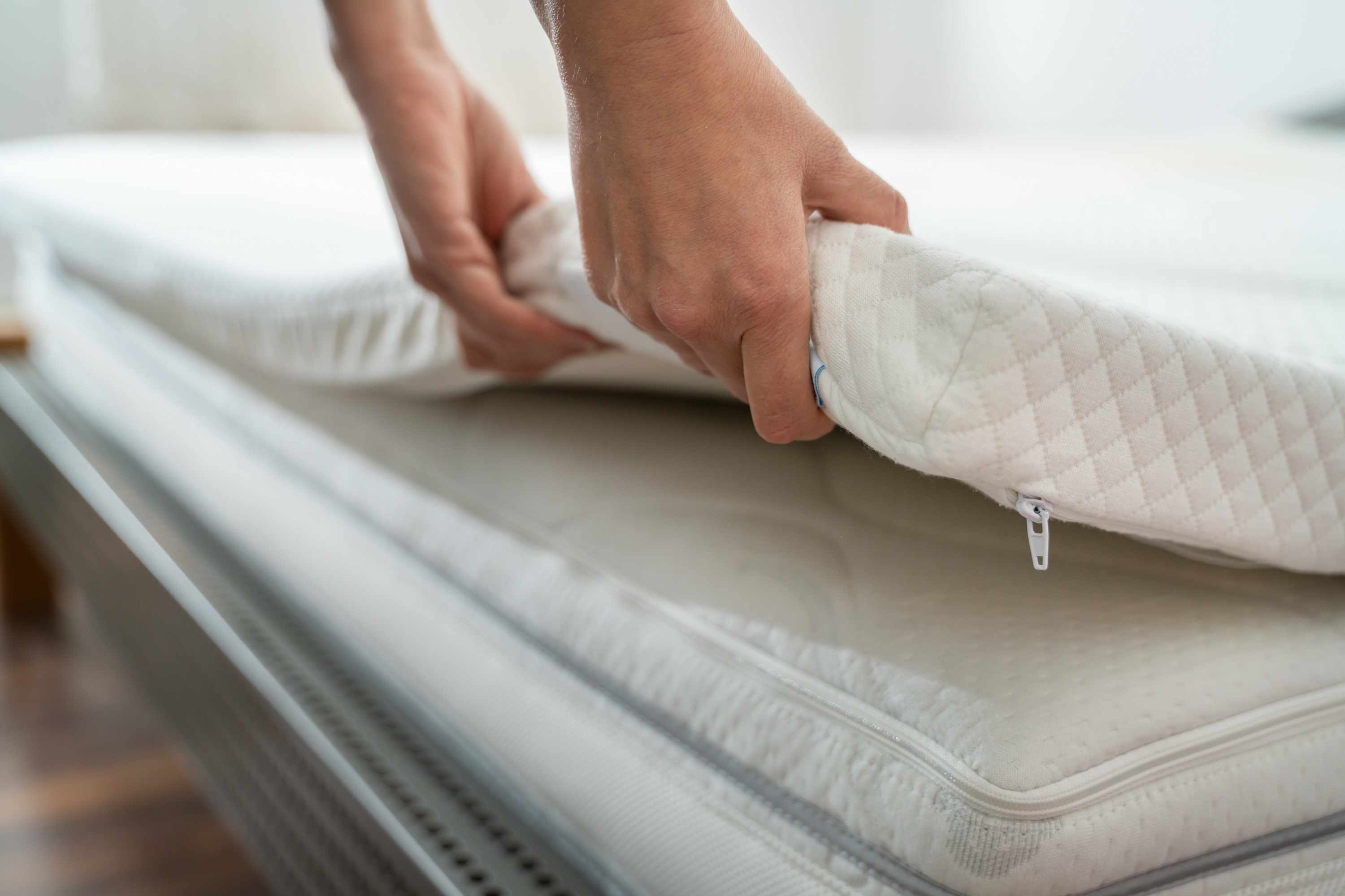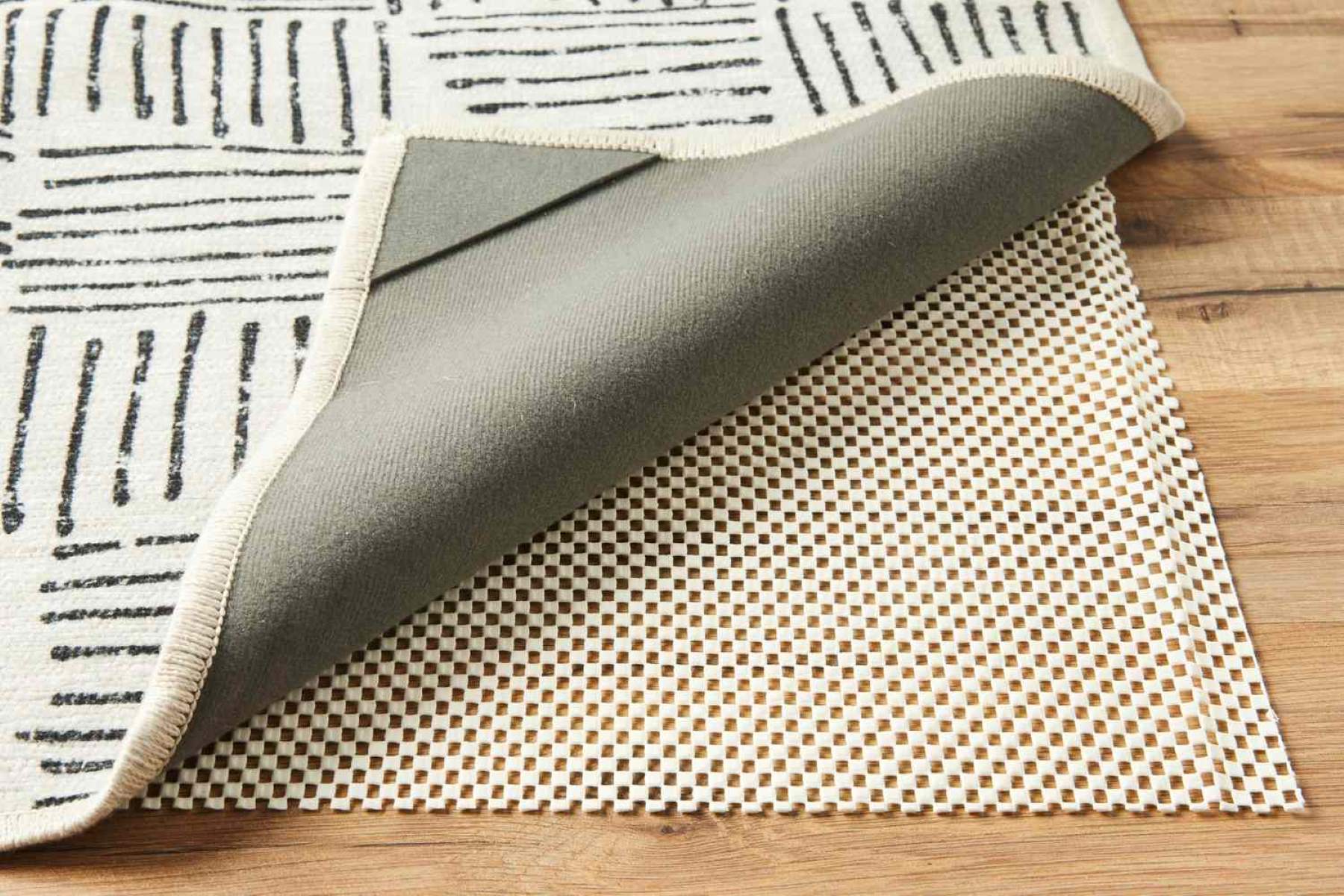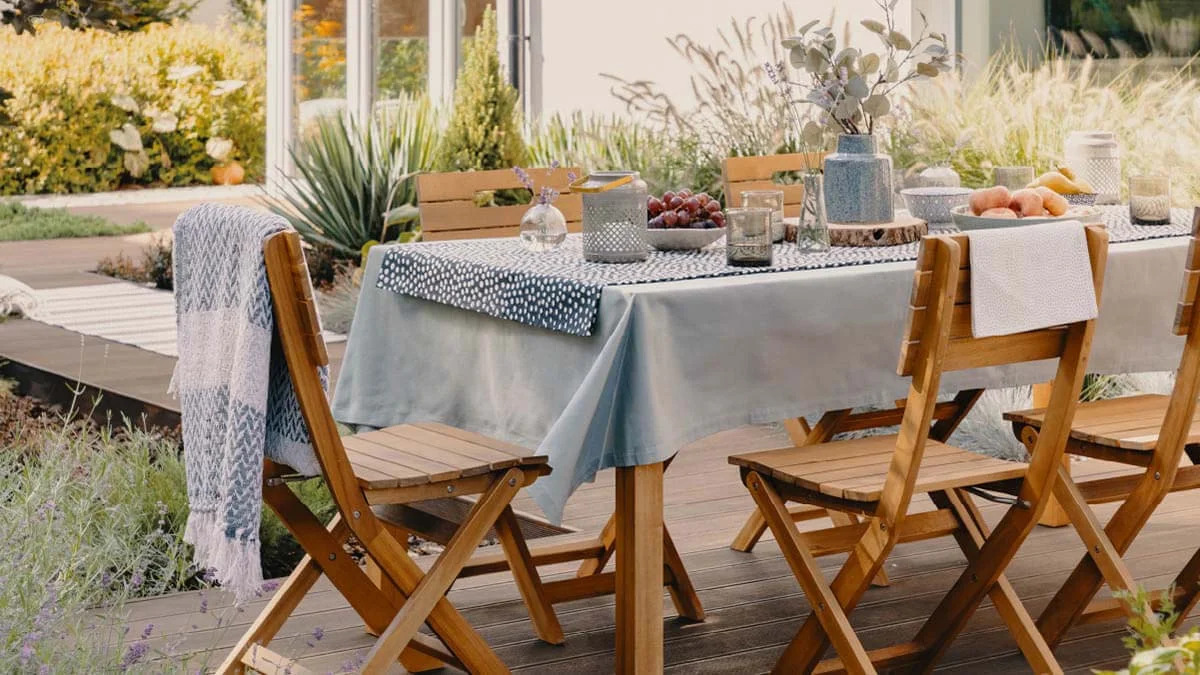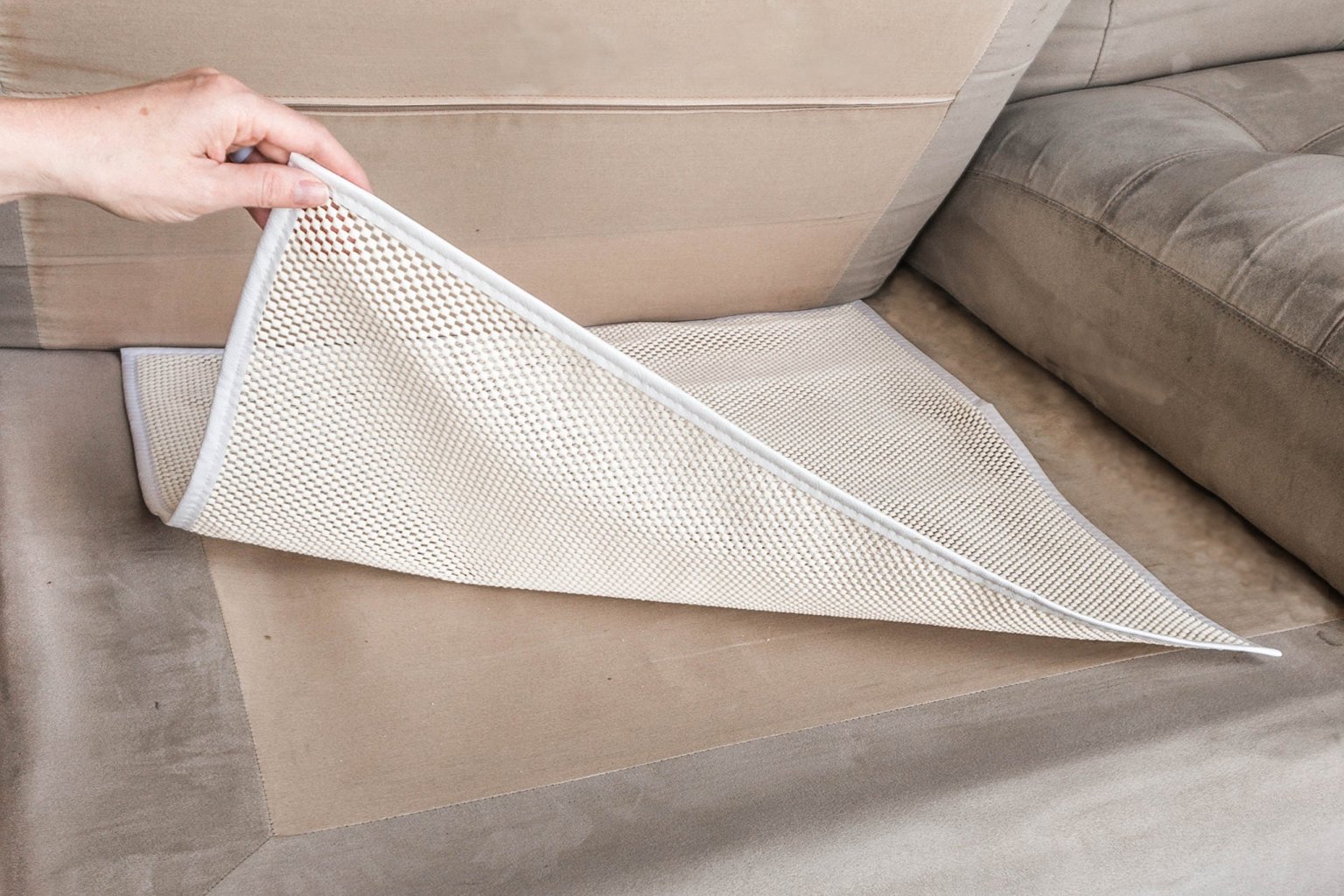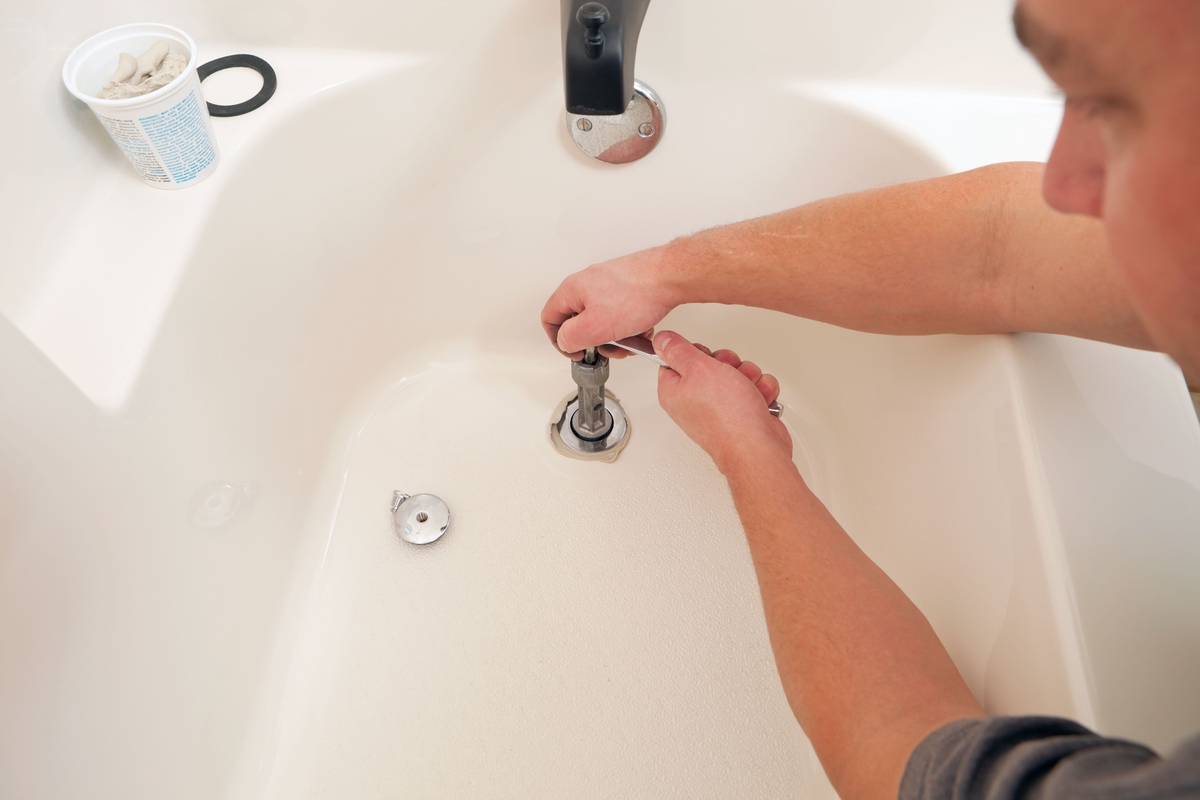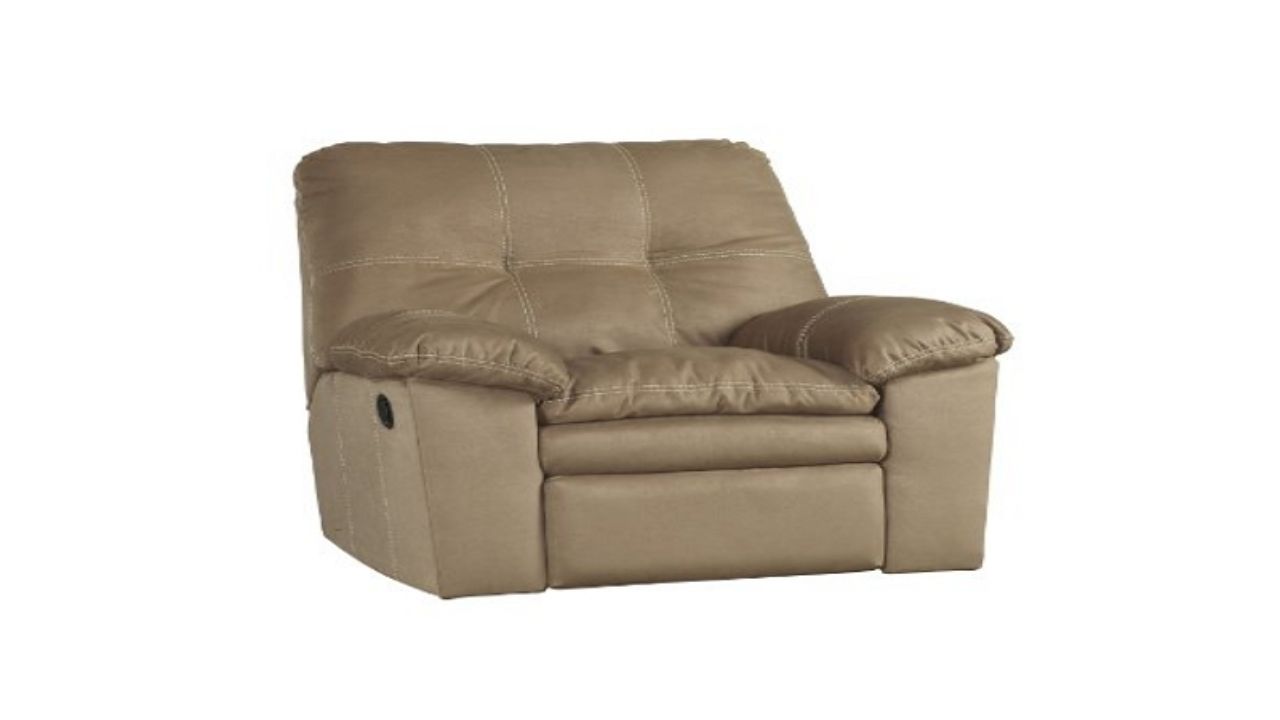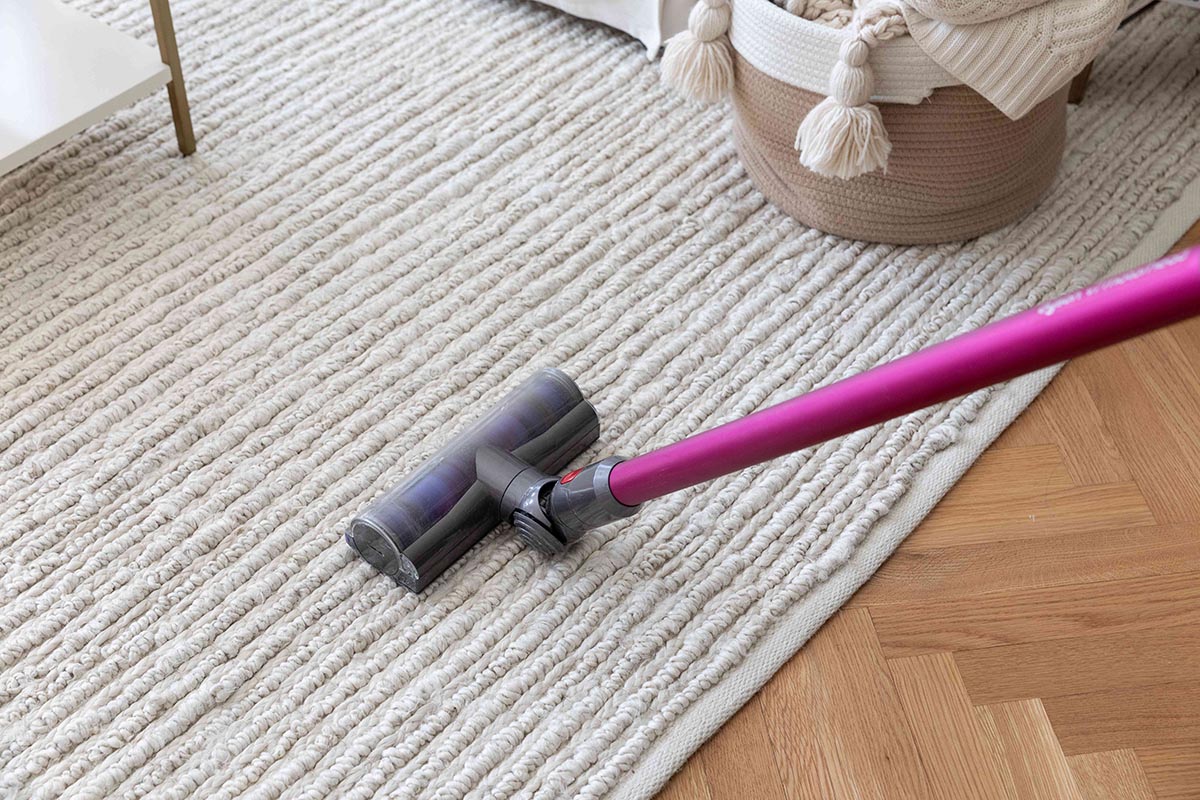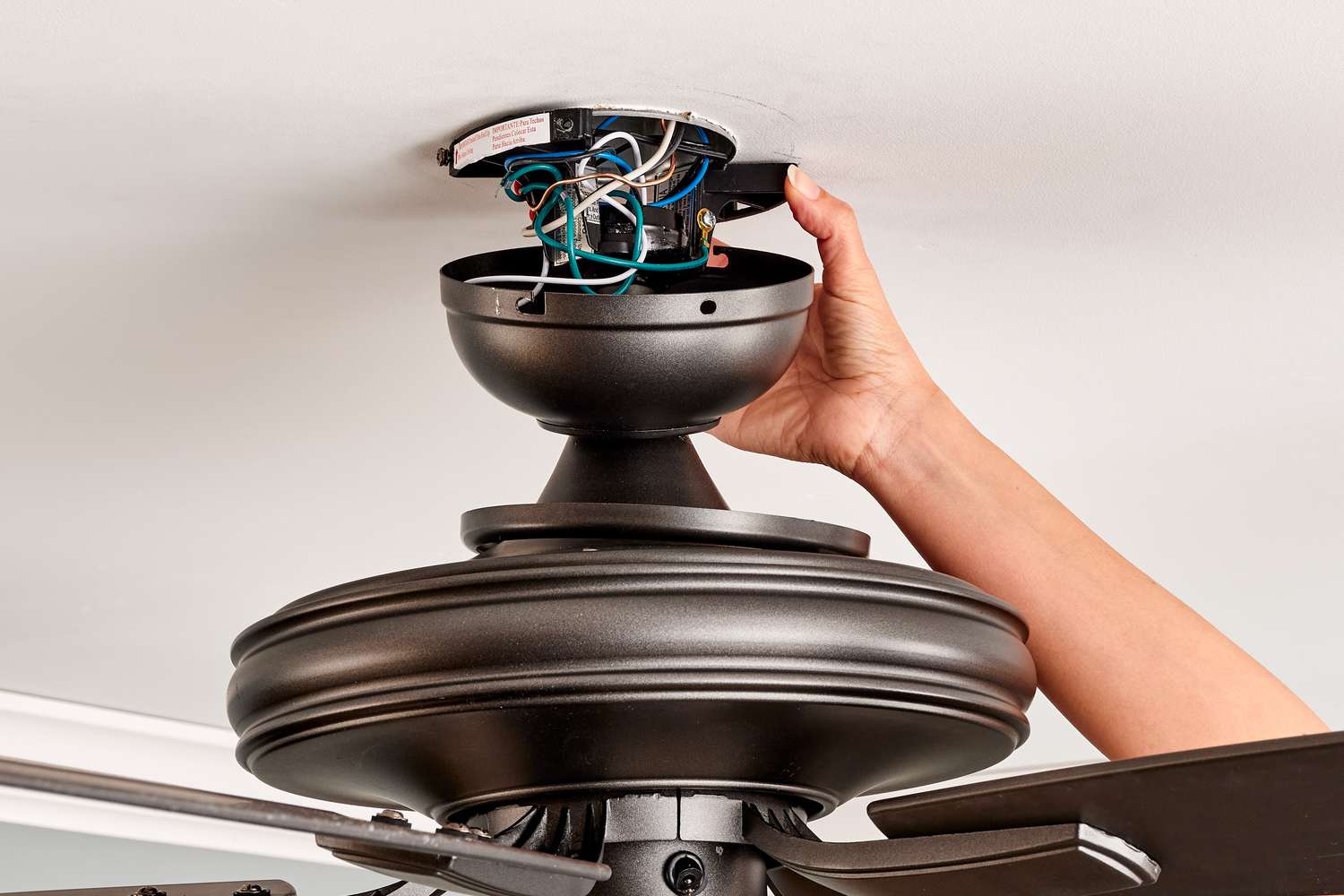Home>Furniture>Bedroom Furniture>How To Stop A Mattress From Sliding
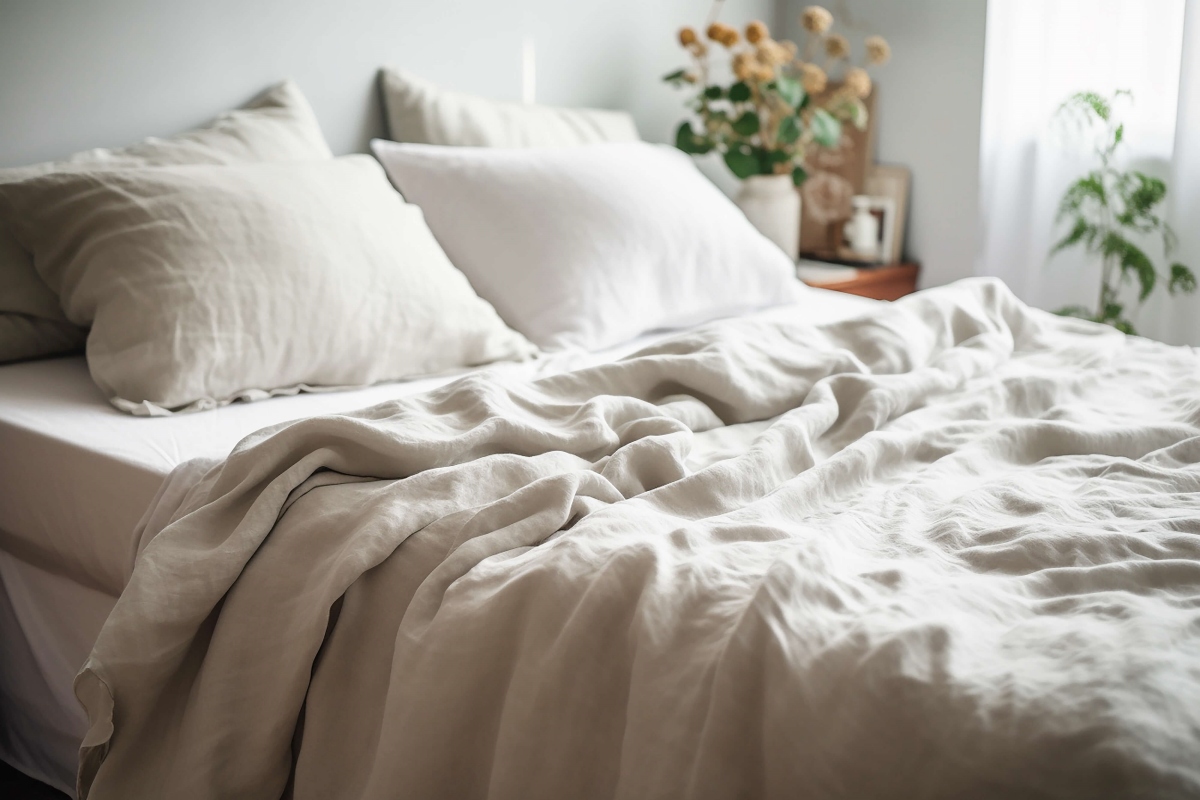

Bedroom Furniture
How To Stop A Mattress From Sliding
Modified: October 21, 2024
Prevent your bedroom furniture from sliding with these simple tips and tricks. Keep your mattress in place and ensure a safe and comfortable sleep experience.
(Many of the links in this article redirect to a specific reviewed product. Your purchase of these products through affiliate links helps to generate commission for Storables.com, at no extra cost. Learn more)
Introduction
When it comes to creating a cozy and comfortable bedroom, having the perfect mattress is essential. However, one common frustration that many people encounter is a mattress that slides around on the bed frame. Not only can this be bothersome and disrupt sleep, but it can also affect the overall comfort and stability of the mattress.
The good news is that there are several effective methods to address this issue and prevent your mattress from sliding. In this article, we will explore various techniques that you can use to keep your mattress in place, ensuring a restful night’s sleep without any unnecessary movement.
Whether you have a traditional bed frame, a platform bed, or an adjustable base, these methods can be easily implemented to keep your mattress securely in place. So, let’s dive into the different ways you can prevent your mattress from sliding and maximize your sleep experience.
Key Takeaways:
- Say goodbye to the frustration of a sliding mattress with these creative and effective methods. Enjoy a stable and comfortable sleep experience without any unnecessary movement.
- From non-slip mattress pads to elastic straps, discover a range of solutions to keep your mattress securely in place. Say hello to undisturbed slumber on a stable sleep surface.
Method 1: Non-Slip Mattress Pad
A non-slip mattress pad is an excellent option for keeping your mattress in place. These pads are made of materials like rubber or silicone that provide excellent grip and prevent any sliding or shifting. They are designed to fit snugly between the mattress and the bed frame, creating a stable surface that keeps your mattress in place.
To use a non-slip mattress pad, start by removing all the bedding from your mattress. Place the pad on the bed frame, ensuring that it covers the entire surface where the mattress will rest. Once the pad is in position, carefully place your mattress back on top, making sure it is centered. Finally, add your bedding, and you’ll enjoy a mattress that stays firmly in place.
Non-slip mattress pads not only prevent sliding but also offer additional benefits. They can provide extra cushioning, improve mattress breathability, and help protect the mattress from stains and spills. Plus, some non-slip pads are waterproof, adding an extra layer of protection for your mattress.
When choosing a non-slip mattress pad, look for one that is specifically designed for your bed size. Measure your mattress’s dimensions and select a pad that matches those measurements to ensure a proper fit. Additionally, consider the thickness and material of the pad. Thicker pads can offer more cushioning, while silicone or rubber materials usually provide better grip.
Method 2: Gripper Strips or Mats
Gripper strips or mats are another effective solution to prevent your mattress from sliding. These products typically feature adhesive on one side and a grippy surface on the other. The adhesive side adheres to the bed frame, while the grippy surface provides traction between the mattress and the frame, keeping it in place.
To use gripper strips or mats, start by cleaning the surface of your bed frame where you plan to apply them. Ensure that the area is free from dust, dirt, and any residue that could affect the adhesive’s effectiveness. Once the surface is clean and dry, peel off the backing from the gripper strip or mat and firmly press it onto the bed frame.
Before placing your mattress back on the frame, allow the adhesive to fully adhere. This typically takes a few hours, but check the instructions provided with your specific product. Once the gripper strips or mats are securely in place, carefully put your mattress back onto the frame. The grippy surface will create traction and prevent any sliding or shifting.
Gripper strips or mats can be found in various sizes and shapes to suit different bed frames and mattress sizes. Some products may require you to cut them to the desired length or shape, so ensure you have the necessary tools for customization.
One advantage of gripper strips or mats is that they are relatively easy to remove if needed. Simply peel them off the bed frame surface without causing any damage or residue. This is especially helpful if you plan to move or replace your mattress in the future.
Note that some gripper strips or mats may be designed specifically for certain bed frame types, so ensure you choose one that is compatible with your bed frame to achieve the best results.
Method 3: Velcro or Hook-and-Loop Tape
Velcro or hook-and-loop tape is a versatile and convenient solution to keep your mattress from sliding. This method involves attaching one side of the Velcro or hook-and-loop tape to the bed frame and the other side to the bottom of your mattress. When pressed together, the Velcro or hook-and-loop tape creates a strong connection that prevents any movement.
Start by measuring and cutting strips of Velcro or hook-and-loop tape to the appropriate length. Apply one side of the tape to the bed frame and the other side to the bottom surface of your mattress. Make sure to position the tape evenly and securely so that it provides maximum grip.
Once both sides of the tape are in place, carefully lower the mattress onto the bed frame, ensuring that the Velcro or hook-and-loop connection is aligned. Press down firmly to ensure a secure bond between the mattress and the frame. This will prevent any sliding or shifting during use.
Velcro or hook-and-loop tape is available in various widths and strengths, so choose a type that is suitable for your specific needs. Consider the weight and size of your mattress when selecting the tape to ensure it can provide sufficient support.
A benefit of this method is its adaptability. Velcro or hook-and-loop tape can be easily removed or adjusted as needed. If you decide to change the positioning of your mattress or replace it with another one, simply detach the tape and reposition it accordingly.
It’s worth noting that some weaker adhesives may not adhere adequately to certain mattress materials. If you find that the tape is not providing sufficient grip, consider using an additional adhesive, such as fabric glue or strong double-sided tape, to enhance the bond.
Overall, Velcro or hook-and-loop tape is a cost-effective and customizable solution for preventing mattress slippage, providing a secure and stable sleeping experience.
Method 4: Rubber Mat or Rug Grippers
A rubber mat or rug grippers can be an effective solution for keeping your mattress in place, especially on slippery surfaces such as hardwood or tile floors. These grippers provide a non-slip surface that prevents the mattress from sliding and shifting during use.
To use this method, start by measuring the dimensions of your mattress to determine the size of the rubber mat or rug grippers needed. Once you have the appropriate size, place the rubber mat or grippers evenly on the floor where your mattress will sit.
Next, carefully lower your mattress onto the grippers or rubber mat, ensuring that it is centered and aligned. The friction and grip provided by the rubber surface will help anchor the mattress and prevent any movement.
When choosing a rubber mat or rug grippers, look for a high-quality, non-slip material that provides sufficient grip. Rubber mats with a textured surface are particularly effective in preventing mattress sliding, as they offer enhanced traction.
This method not only keeps your mattress in place but also provides additional benefits like insulation and noise reduction. The rubber mat or grippers can act as a buffer between the mattress and the floor, reducing the transfer of vibrations and minimizing noise disturbance.
Furthermore, the rubber mat or grippers can help protect your flooring surface from any potential damage caused by the sliding or shifting of the mattress.
One advantage of using a rubber mat or rug grippers is that they are easily adjustable and repositionable. If you need to move your mattress or rearrange your bedroom furniture, simply lift the mattress and readjust the rubber mat or grippers accordingly.
Overall, using a rubber mat or rug grippers is a simple yet effective method for preventing mattress sliding, ensuring a stable and secure sleep surface.
Use a non-slip mattress pad or gripper tape to prevent your mattress from sliding. Place the pad or tape between the mattress and the bed frame for a secure fit.
Read more: How To Stop Recliner From Sliding
Method 5: Elastic Straps or Sheet Clips
Elastic straps or sheet clips can provide a practical and affordable solution to keep your mattress from sliding. These tools work by securing the corners of your fitted sheet to the corners of the mattress, effectively anchoring it and preventing any movement.
To use this method, start by placing your fitted sheet onto the mattress as you normally would. Once the sheet is in position, attach the elastic straps or sheet clips to the corners of the sheet and stretch them underneath the mattress. Fasten the straps or clips to the corresponding corners of the mattress, creating a secure connection.
Ensure that the straps or clips are tightly secured and that there is enough tension to hold the sheet firmly in place. This will prevent the sheet from slipping off the mattress, which in turn keeps the mattress itself from sliding.
Elastic straps or sheet clips are readily available in most bedding or home goods stores. Look for durable and adjustable options that can accommodate different mattress sizes and thicknesses.
Using elastic straps or sheet clips not only prevents mattress sliding, but it also helps to keep the fitted sheet taut and wrinkle-free. This can enhance the overall comfort and appearance of your bed.
Additionally, this method is versatile and can be used with different types of bedding, such as mattress toppers or mattress protectors. Simply attach the straps or clips to the corners of the desired bedding item and secure them underneath the mattress.
If you prefer a DIY approach, you can also make your own elastic straps using strong elastic bands or bungee cords. Adjust the length of the elastic to fit your mattress and fasten it to the corners with clips or hooks.
Elastic straps or sheet clips provide an easy and effective solution for preventing mattress sliding, ensuring a stable and well-made bed for a good night’s sleep.
Method 6: Furniture Stops or Foam Pipe Insulation
Furniture stops or foam pipe insulation can be a clever solution to prevent mattress sliding, especially for those with platform beds or frames with slats. These materials create friction between the mattress and the bed frame, helping to secure the mattress in place.
To use furniture stops, start by measuring the width of your bed frame slats. Purchase furniture stops that are slightly wider than the slats to ensure a snug fit. Place the furniture stops between the slats, evenly spacing them across the bed frame. These stops will create friction and hold the mattress in place, preventing any sliding or shifting.
If your bed frame does not have slats, you can opt for foam pipe insulation. Cut the insulation pieces to fit the length of your bed frame and place them on the sides where the mattress rests. This foam material will act as a buffer and help create friction, preventing the mattress from sliding.
Both furniture stops and foam pipe insulation can be found at hardware stores or home improvement centers. They are typically affordable and easy to install, requiring no additional tools or expertise.
This method not only keeps your mattress in place but also offers additional benefits. Furniture stops and foam pipe insulation can help reduce noise caused by mattress movement and provide a cushioning effect, enhancing overall comfort during sleep.
When using furniture stops or foam pipe insulation, make sure they are positioned securely and evenly across the bed frame. Check periodically to ensure they are still in place and adjust if necessary.
It’s important to note that this method may not be suitable for all types of bed frames. If you have a platform bed with solid surfaces, the friction may not be sufficient to prevent mattress sliding. In such cases, consider using one of the other methods mentioned earlier.
Overall, utilizing furniture stops or foam pipe insulation can be an effective and cost-friendly solution for keeping your mattress securely in place, providing a more comfortable and stable sleep surface.
Method 7: Bed Frame Adhesive Pads
Bed frame adhesive pads are a convenient and hassle-free method to prevent mattress sliding. These pads are designed to adhere to the surface of the bed frame, creating a grippy surface that helps keep the mattress in place.
To use bed frame adhesive pads, start by thoroughly cleaning the surface of your bed frame where the pads will be applied. Ensure that the area is free from dust, dirt, and any residue that could interfere with the effectiveness of the adhesive.
Next, remove the backing from the adhesive pads and carefully place them on the bed frame surface. Make sure to position them evenly and securely, ensuring full coverage where the mattress will rest.
Once the adhesive pads are in place, carefully lower your mattress onto the bed frame, ensuring that it is centered and aligned. The adhesive pads will create a strong grip between the mattress and the frame, preventing any sliding or shifting during use.
When selecting bed frame adhesive pads, consider the size and weight of your mattress to ensure that the pads can adequately support and keep it in place. Look for pads that are made of durable materials with a strong adhesive backing for optimal performance.
One advantage of using bed frame adhesive pads is that they are easily removable if needed. Simply peel them off the bed frame surface without causing any damage or residue. This is particularly helpful if you plan to move or replace your mattress in the future.
It is important to note that some bed frame adhesive pads may have a certain odor when first applied. If this is a concern, allow the pads to air out for a short period of time before placing your mattress on the bed frame.
Overall, bed frame adhesive pads provide a straightforward and effective solution for preventing mattress sliding. By creating a strong grip between the mattress and the frame, these pads ensure a stable and secure sleeping experience.
Conclusion
Dealing with a sliding mattress can be not only annoying but also disruptive to your sleep and overall comfort. However, with the range of effective methods discussed in this article, you can easily prevent your mattress from sliding and ensure a stable sleep surface.
From using non-slip mattress pads to gripper strips, Velcro or hook-and-loop tape, rubber mats or rug grippers, elastic straps or sheet clips, furniture stops or foam pipe insulation, and bed frame adhesive pads, there are various options available to suit different bed frames and mattress sizes.
It’s important to choose the method that best suits your specific needs and the type of bed frame you have. Consider factors such as durability, ease of installation, adjustability, and compatibility with your mattress type.
By implementing these methods, you can enjoy a more restful sleep and eliminate the frustration of a sliding mattress. Additionally, these solutions offer the added benefits of improved mattress stability, reduced noise, enhanced mattress protection, and increased overall comfort.
Remember that it may take some trial and error to find the method that works best for your specific situation. Don’t be afraid to experiment and make adjustments as needed until you find the perfect solution to keep your mattress securely in place.
So, say goodbye to the annoyance of a sliding mattress and say hello to a more comfortable and stable sleep experience. Implement one of these methods and enjoy nights of undisturbed slumber on a mattress that stays firmly in place.
Frequently Asked Questions about How To Stop A Mattress From Sliding
Was this page helpful?
At Storables.com, we guarantee accurate and reliable information. Our content, validated by Expert Board Contributors, is crafted following stringent Editorial Policies. We're committed to providing you with well-researched, expert-backed insights for all your informational needs.
